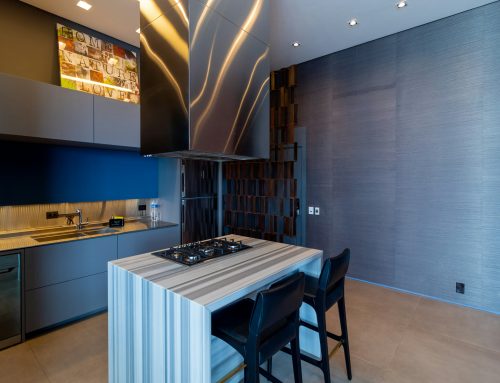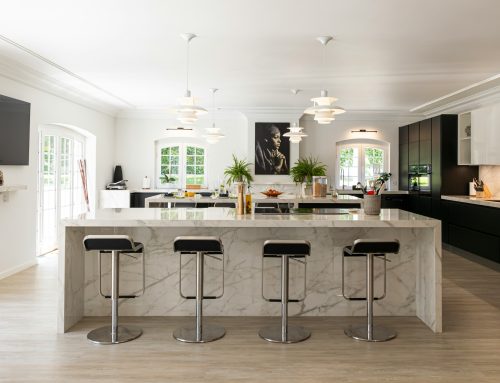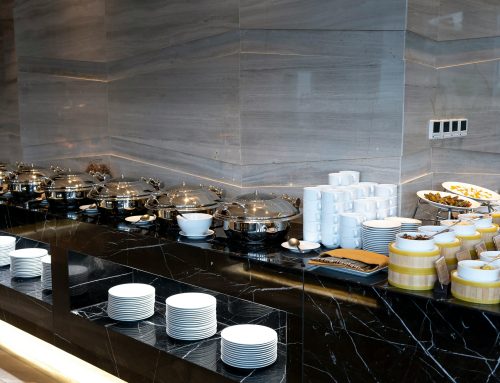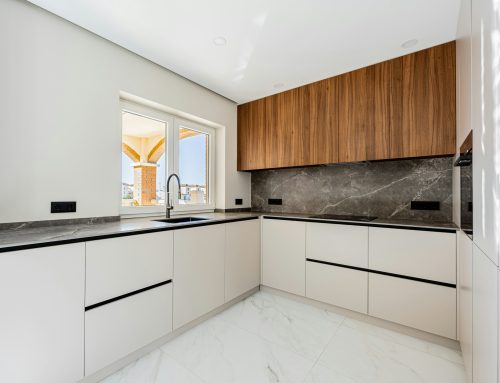When it comes to remodeling with natural stone, one of the first decisions homeowners face is whether to buy a full slab or opt for a stone remnant. Both options offer the same natural beauty and durability, but they serve different purposes — and understanding those differences can save you both money and material.
Here’s how to decide which option is best for your next project.
What Is a Full Slab?
A full slab is a large, uncut piece of natural stone, typically used for big projects like kitchen countertops or shower walls. Slabs usually measure 8–10 feet long and 4–6 feet wide, giving you plenty of material for continuous, seamless surfaces.
Best Uses for Full Slabs
-
Kitchen countertops
-
Large kitchen islands
-
Full bathroom vanities
-
Accent walls and shower surrounds
Advantages of Full Slabs
-
Seamless, consistent look across large areas
-
Flexibility to cut multiple pieces from one slab
-
Easier to match veining and color patterns
What Are Stone Remnants?
Stone remnants are the smaller leftover pieces that remain after full slabs are cut for bigger projects. While smaller in size, they are made from the same high-quality material and offer the same performance and beauty.
Best Uses for Stone Remnants
-
Bathroom vanities
-
Fireplace surrounds
-
Kitchen islands or bar tops
-
Laundry and mudroom counters
-
Custom furniture and accent pieces
Advantages of Stone Remnants
-
Lower cost: Remnants are typically 30–70% less expensive than full slabs.
-
Eco-friendly: Repurposing leftover stone reduces waste and promotes sustainability.
-
Unique character: Each remnant is one-of-a-kind, often featuring rare colors or veining.
-
Perfect sizing: Ideal for smaller projects that don’t require a full slab.
Cost Comparison
-
Full Slabs: Higher initial investment, but cost-effective for large, continuous projects.
-
Remnants: Budget-friendly, ideal for smaller or secondary areas of the home.
Even after fabrication, remnants usually cost significantly less per square foot than purchasing a full slab.
Design Considerations
| Feature | Full Slab | Stone Remnant |
|---|---|---|
| Size | Large, continuous | Smaller sections |
| Cost | Higher | Lower |
| Best For | Kitchens, large projects | Bathrooms, fireplaces, furniture |
| Sustainability | More material use | Reduces waste |
| Customization | Greater flexibility for large cuts | Perfect for small creative projects |
How to Decide Which Is Right for You
Choose a Full Slab If:
-
You’re remodeling a large kitchen or open-concept space.
-
You want seamless surfaces with consistent veining.
-
You plan to use multiple pieces of the same stone throughout your home.
Choose Stone Remnants If:
-
You’re working on smaller projects like vanities or bars.
-
You want a high-end look at a lower price point.
-
You value sustainability and prefer to reduce waste.
-
You’re looking for unique, one-of-a-kind materials.
Final Thoughts – Stone Remnants vs. Full Slabs How to Choose the Right Option
Both full slabs and stone remnants bring the beauty and longevity of natural stone into your home — it’s just a matter of scale and purpose. Full slabs are ideal for large, seamless installations, while remnants are perfect for smaller projects where creativity, sustainability, and cost savings matter most.
Whether you’re designing a full kitchen or a compact vanity, the right stone choice will depend on your space, budget, and design goals.
Ready to explore your options? Browse our collection of stone slabs and remnants online and find the perfect fit for your next project.





